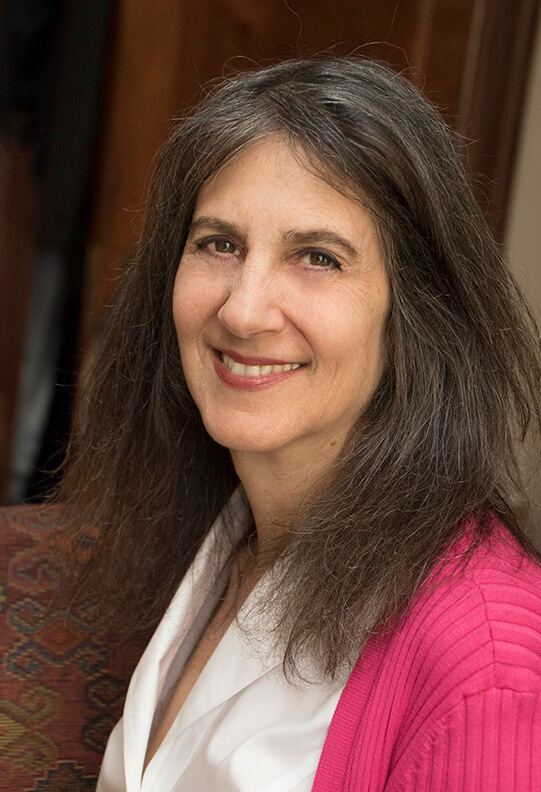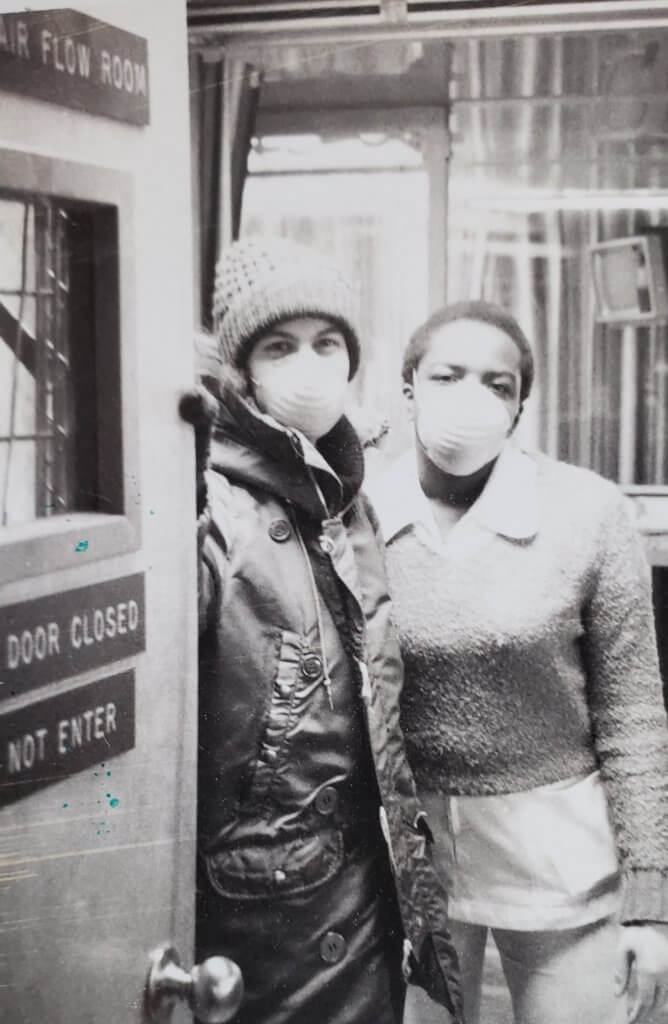More than 40 years after a then-experimental bone marrow transplant for aplastic anemia, Jessica Brilliant Keener is thriving — and giving back every day to the institutions that gave her a second chance at life.
Aplastic anemia occurs when bone marrow needed to supply all the body’s blood cells produces too few of those required to fight infection (white blood cells), clot blood and control bleeding (platelets), and generate hemoglobin (red blood cells) for carrying oxygen to the lungs. A bone marrow (stem cell) transplant is the only known cure, but Keener’s 1979 transplant came when most children and young adults who underwent this procedure did not survive.
Thanks to the work of a team including Dana-Farber President Emeritus David G. Nathan, MD, along with bone marrow donated by her brother, Frank Brilliant, Keener became one of the patients who overcame the odds. Since recovering, she has embarked on career as a journalist, college professor, and author. She and her husband raised a son and traveled the world, living for a year in Budapest, Hungary — the setting for one of her novels.
Rather than distance herself from the past, however, Keener embraces it. She has worked as a researcher and writer at both Dana-Farber/Boston Children’s Cancer and Blood Disorders Center, where Nathan and colleagues worked in the 1970s and ‘80s to improve aplastic anemia outcomes, and Brigham and Women’s Hospital (BWH), which partnered with Dana-Farber/Boston Children’s in caring for her and other early transplant recipients.

“My feelings for the preciousness, value, and importance of life, and my wanting to contribute in a positive way, is very strong,” says Keener, who currently works as a writer at BWH. “My being here is a return to home.”
A collaborative effort
Growing up just outside Boston in Newton, Massachusetts, Keener captained her ninth-grade cheerleading squad but noticed her energy level decreasing as high school progressed. Declared anemic after an annual physical, she ignored the dizzy spells, shortness of breath, and bruises on her legs.
The problem became impossible to ignore in 1978, when Keener was a student at Boston University and had a bad cold that wouldn’t go away. She went to her primary care doctor, who referred her to the BWH Hematology Department. Blood tests there revealed the source of Keener’s symptoms: aplastic anemia and paroxysmal nocturnal hemoglobinuria (PNH), another closely-related blood disease.
“When they told me, I had no idea what it was,” she recalls of her diagnosis, “but I wanted to find out.”
In those pre-Internet days, budding journalist Keener went to Countway Library at Harvard Medical School and read everything she could about aplastic anemia. The facts were discouraging; the survival rate for young aplastic anemia patients was quite low.
Keener turned out to be in the right place at the right time. Next door to Countway Library, at Dana-Farber/Boston Children’s and BWH, Nathan and his late colleagues Fred Rosen, MD, and Joel Rappaport, MD, were caring for some of the earliest bone marrow transplant recipients: patients with aplastic anemia and immune deficiency syndrome.
“The big problem we had was that patients would often reject the transplant or develop terrible graft-versus-host disease (GVHD), but by the time Jessica came along we were beginning to have better results,” recalls Nathan, 91, who was then chief of Hematology at Boston Children’s Hospital. “She received a different protocol and different drugs than we had used previously, and she did extremely well.”

Two months after picking up her college diploma, Keener was infused with bone marrow donated by her brother Frank, who was in high school at the time. She spent two-and-one-half months in isolation at BWH after her November 1979 procedure, and was saddened when a fellow young transplant recipient she met passed away.
Still, Keener remained confident — buoyed by a close relationship with her primary nurse Vivian Kelley, RN, and knowledge of what Nathan, her primary doctor, and many others including researchers were doing on her behalf. Nathan credits Joseph Antin, MD, Robert Soiffer, MD, and Catherine Wu, MD, all still at Dana-Farber, as central to building the transplant program and the long-term monitoring of Keener and other patients.
“I had a real awareness that there were people at all these hospitals, walking across bridges to meet with each other and work on my behalf,” says Keener. “It was a collaborative effort focused on giving me that second chance at life.”
An exceptional outcome
Keener was so thankful and invigorated by her recovery that she soon returned to Dana-Farber/Boston Children’s as a part-time researcher in Epidemiology. She even helped launch a nonprofit foundation to assist families facing aplastic anemia and other bone-marrow failure diseases, including myelodysplastic syndrome (MDS).
She lost touch with Kelley when the nurse moved to the West Coast shortly after Keener’s transplant, but 38 years later they reunited at Keener’s Brookline home in the summer of 2018. Another milestone is planned for this April 28, when Nathan and Keener — who have stayed in touch — will be celebrated in an event at BWH for their roles in helping bring about an era in which more than 90 percent of bone marrow transplants recipients survive and most return home weeks after surgery.

“I feel like a pioneer,” says Keener, and oncologists who have come up in the modern transplant age see her the same way.
“Today we talk about transplant mortality rates in the single digits, but it used to be the other way around,” says Serine Avagyan, MD, PhD, a physician-scientist at Dana-Farber/Boston Children’s who specializes in the procedure. “Jessica’s outcome is exceptional, and the fact she has lived her life so fully afterwards is amazing.”

This a great and truly motivational post, anemia can be quite problematic, as a sufferer of iron deficiency anemia I know how it can affect people’s daily lives. Thank you for sharing this with us.